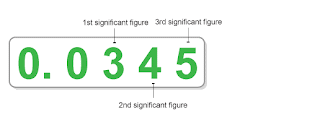Matter is the Stuff Around You
Matter is everything around you. Matter is anything made of atoms and molecules. Matter is anything that has a mass.
Matter can be divided into :
Pure substance & Mixture
can be divided into : can be divided into :
Element & Compound Homogeneous & Hetergeneous
(Element is made of atoms) (Homogeneous uniform throughout)
(Compound is made of elements) (Hetergeneous isnt uniform)
Element can be divided into :
Metal, metaloid and non-metal
Compound can be divided into :
Ionic and covalent
 Elements and compounds can move from one physical state to another and not change = physical change
Elements and compounds can move from one physical state to another and not change = physical changeFor example : Oxygen (O2) as a gas still has the same properties as liquid oxygen. The liquid state is colder and denser but the molecules are still the same.
If the formula of water were to change, that would be a chemical change = chemical change
For example : If you added another oxygen atom, you would make hydrogen peroxide (H2O2). Its molecules would not be water anymore.
More properties of matter :
Matter is commonly said to have 3 states
1. SOLID------rigid
Don't change shape easily experiences small changes in volume when heated.
2. LIQUID
Takes the shape of the container and experiences slight changes in volume when heated.
3 . GAS
Takes the shape of the container and experiences dratic
in volume when heated






















